| IN A NUTSHELL |
|
In the heart of the Arabian desert, Saudi Arabia is undertaking an ambitious project that has captured the world’s attention. Trojena, a futuristic ski resort, is set to redefine the concept of winter games. Announced in 2022, this resort is part of the larger Neom megacity initiative, envisioned by Crown Prince Mohammed bin Salman. Despite its allure, Trojena presents significant challenges, primarily due to its location in a region with minimal snowfall. This raises questions about the feasibility and sustainability of such a project. As Saudi Arabia aims to host the 2029 Asian Winter Games here, the world watches closely to see if this desert dream can become a reality.
The Vision Behind Neom: A Utopian Megacity
Neom is not just another development project; it is a vision for the future. Encompassing 10,230 square miles, this planned utopian city aims to integrate cutting-edge technology and sustainability in every facet. Crown Prince Mohammed bin Salman envisions Neom as a hub of innovation that redefines urban living. The name itself is a combination of the Greek word for “new” and the Arabic word for “future,” symbolizing a fresh start for urban development in the Middle East. The project is expected to cost $500 billion, making it one of the most expensive and ambitious urban projects in history.
However, the question remains: can such a grand vision be realized in the harsh conditions of the Saudi desert? The Neom initiative includes plans for flying taxis, cloud seeding to produce artificial rain, and a 106-mile linear city called “The Line” that promises a walkable environment powered by renewable energy. While these ideas are groundbreaking, they also face scrutiny regarding their environmental impact and feasibility. The success of Neom could redefine urban planning, but its failure could serve as a cautionary tale.
Trojena: Skiing in the Desert
The Trojena ski resort is one of the most ambitious elements of the Neom project. Imagine skiing on slopes atop luxury hotels or gazing at a lake suspended over a mountain cliff. These are not scenes from a sci-fi movie but actual plans for this desert resort. Trojena aims to attract winter sports enthusiasts and tourists from around the globe. The resort will feature a crystal skyscraper as tall as the Eiffel Tower, offering panoramic views of the surrounding desert landscape.
However, the resort’s location poses significant challenges. Situated in a region known for its arid climate, Trojena will rely heavily on advanced technology to create artificial snow and maintain skiable conditions. The resort’s development also raises environmental concerns, as it may disrupt local ecosystems and consume large amounts of water. Despite these challenges, the Saudi government remains committed to making Trojena a reality.
Trojena is designated to host the 2029 Asian Winter Games, a testament to Saudi ambitions.
Whether this vision can withstand the scrutiny of environmental critics and logistical challenges remains to be seen.
The Economic Implications of Trojena and Neom
Beyond its architectural and technological marvels, Neom is expected to bring substantial economic benefits to Saudi Arabia. The project is anticipated to create thousands of jobs and attract significant foreign investment. By diversifying its economy beyond oil, Saudi Arabia aims to transform itself into a global tourism and innovation hub. Trojena, in particular, is expected to be a key driver of tourism, drawing visitors for both its winter sports offerings and unique desert setting.
However, the economic success of Trojena and Neom is not guaranteed. The scale and cost of the project present significant financial risks. Critics argue that the project’s reliance on high-tech solutions may not yield the expected returns. The project’s economic viability will depend on its ability to attract and sustain international interest. Furthermore, geopolitical tensions and fluctuating oil prices could impact the project’s funding and timeline. In a region where political stability is not always certain, the economic aspirations of Neom and Trojena are closely tied to broader regional dynamics.
Cultural and Environmental Considerations
The development of Neom and Trojena also raises important cultural and environmental questions. Saudi Arabia has historically adhered to conservative social norms, but Neom aims to offer a more liberal environment. This shift could attract international visitors but may also face resistance from traditional segments of Saudi society. The project must strike a balance between modernity and cultural authenticity to appeal to both domestic and international audiences.
Environmentally, the project’s impact cannot be overlooked. Neom and Trojena will require significant resources, including water and energy, to sustain their operations. While the project promises to prioritize sustainability, its environmental footprint will be closely monitored by global environmental advocates. The challenge will be to innovate without compromising the natural landscape and local ecosystems. As the world watches Saudi Arabia’s bold endeavors, the balance between cultural shifts and environmental stewardship will play a crucial role in shaping the future of Neom and Trojena.
As Saudi Arabia continues to invest in its ambitious vision for Neom and Trojena, the world remains captivated by the potential and challenges of these projects. Can Saudi Arabia successfully transform its desert landscape into a hub of innovation and tourism, or will these grand ambitions face insurmountable obstacles? The answer to this question will have profound implications for the future of urban development, economic diversification, and environmental sustainability in the Middle East. What lessons will the world learn from Saudi Arabia’s attempt to blend futuristic aspirations with traditional landscapes?
Did you like it? 4.6/5 (21)

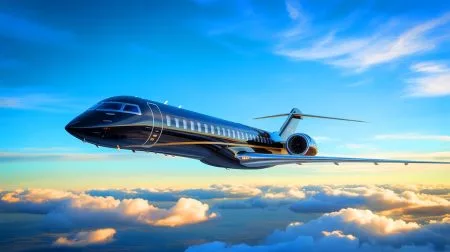
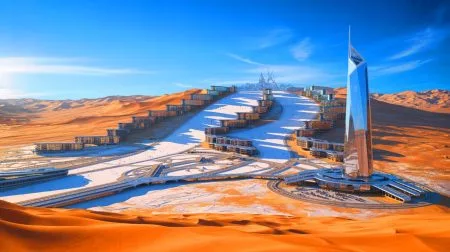

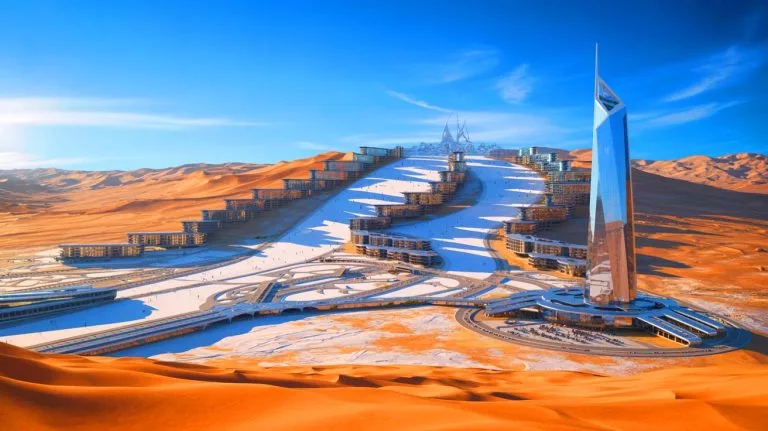
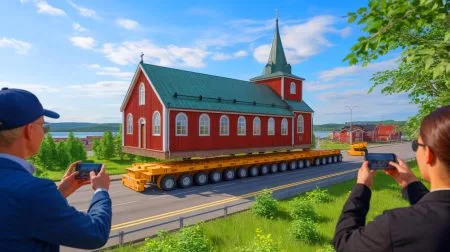
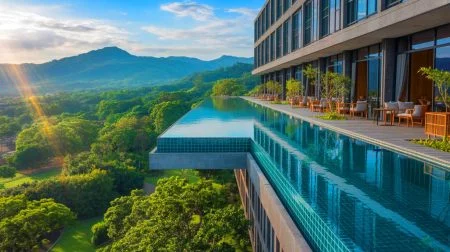
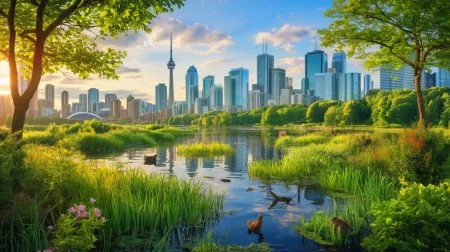
Wow, skiing in the desert? That’s a plot twist I didn’t see coming! 😄
How do they plan to make snow in the desert? Sounds like a sci-fi movie! 🌨️
How are they planning to make snow in the desert? Sounds expensive!
Isn’t this a huge waste of resources? The environmental impact must be massive.
Is this really sustainable in the long run?
Thank you for the detailed article. It’s fascinating to see such ambitious projects being planned.
Seems like a massive waste of resources in a desert area. 😕
This is insane! Skiing in the desert? What’s next, surfing in the mountains?
I’m all for innovation, but this project seems a bit too ambitious, don’t you think?
Thank you for sharing this fascinating article!
How will they ensure the sustainability of this project in such an arid region?
Do they have any environmental plans to protect the desert ecosystem?
Why not invest in natural attractions instead of creating artificial ones?
Saudi Arabia hosting winter games is like seeing a fish climb trees. 🐟🌳